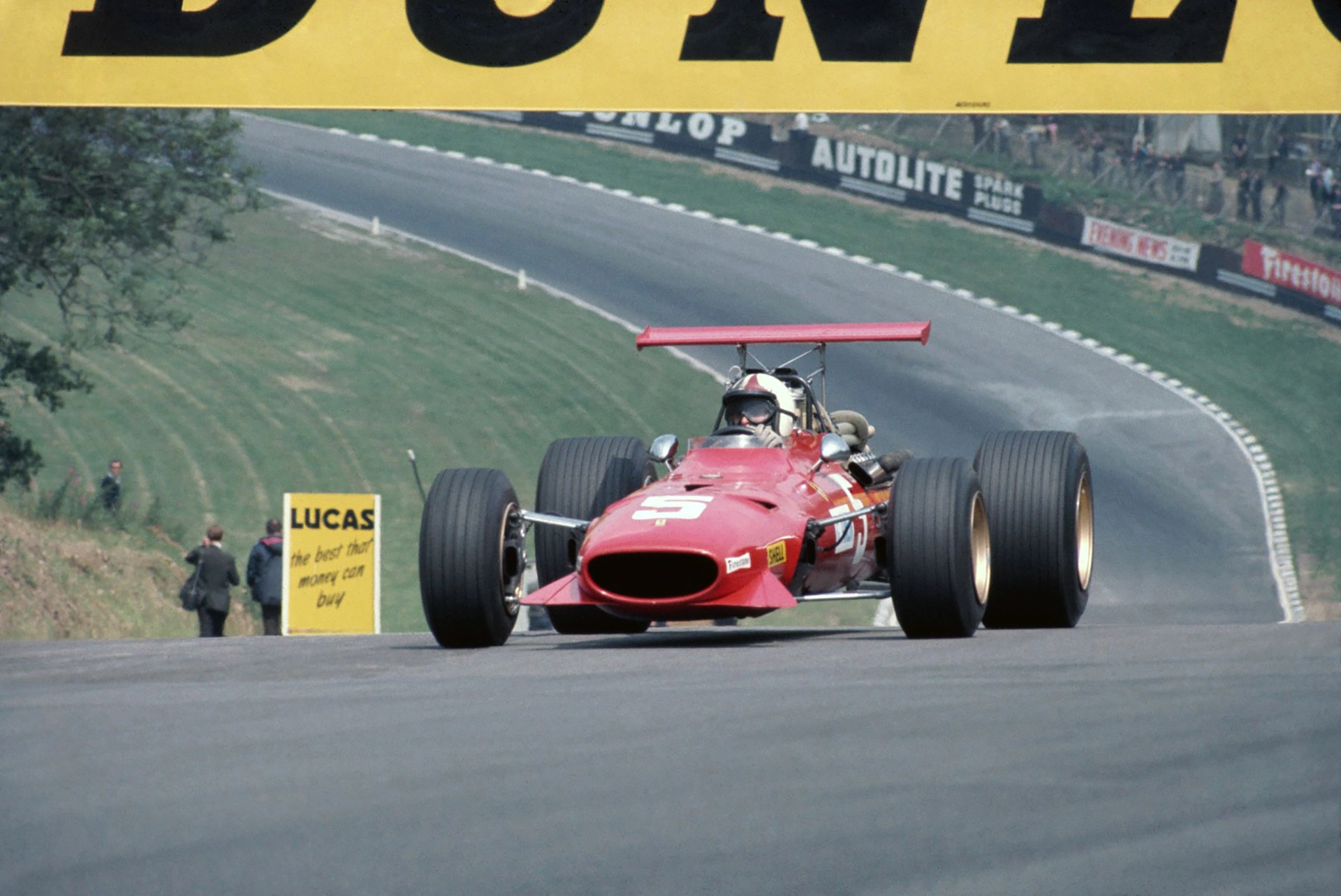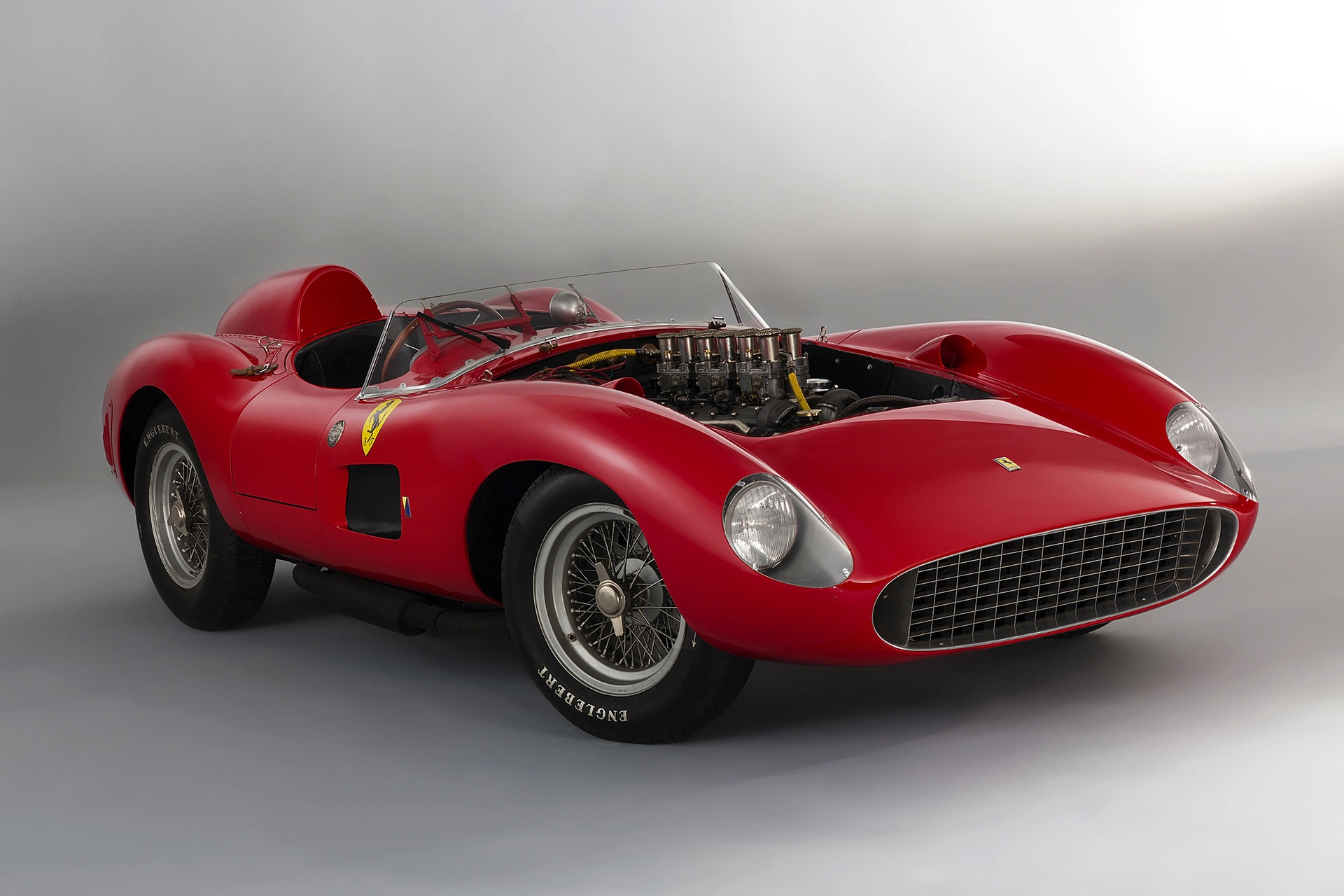Ferrari’s Technological Innovations Part 6: 1968 - The First Wing in a Formula 1 GP. Competitors Followed.
16 November 2024 8 min read 3 images

Photo credit: Autoclass, Ferrari, Wheelsage
It took 57 years for someone to understand that an inverted wing, placed high on a race car, would generate downforce that improves tire grip on the ground, ensuring much higher cornering speeds. In 1956, at the Nürburgring circuit in Germany, a Porsche client-driver, an engineer as well as a gentleman driver, showed up at the 1000-kilometer test with his small Porsche 550 equipped with a large wing. Curiosity and irony from other drivers and even Porsche itself soon vanished: Michael May, his name, set the fastest lap with a huge lead over the others. Immediate objections were raised in the name of safety, with Porsche itself getting involved, resulting in the car with the wing being disqualified.
Register to unlock this article
Signing up is free and gives you access to hundreds of articles and additional benefits. See what’s included in your free membership. See what's included in your free membership.
Already have an account? Log In


